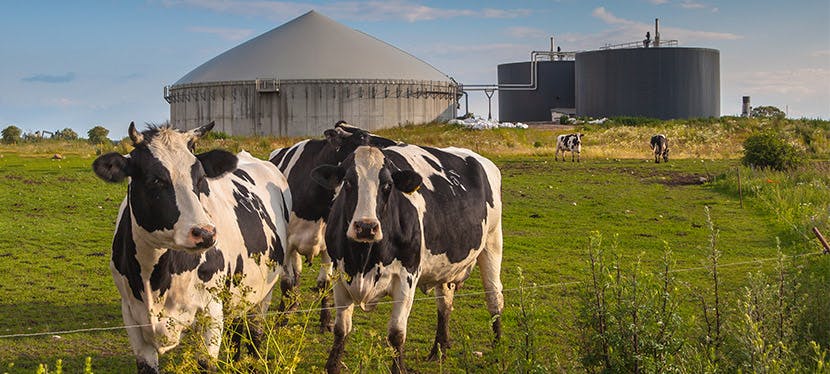Gas companies in Europe and America are looking at using the existing gas network to serve industrial “clusters” of hydrogen users in sectors like chemicals, cement and steelmaking, adopting a “phased approach” endorsed by the European Commission. The EU’s climate neutrality objective, which is a real paradigm shift for the gas industry, will inevitably lead to the decrease in quantities of natural gas. But as the industry scales down fossil gas, it is simultaneously making way for growing quantities of renewable and decarbonised gases such as biomethane and hydrogen. “At an early stage, we see the development of renewable hydrogen in industrial clusters that would combine local supply and demand,” according to Pierre Duvieusart, Deputy CEO of GRTgaz, the French gas infrastructure company.
And, fortunately, the infrastructure that will need to be built around those industrial clusters will likely not be the main issue at the time of investment, he remarked. “We anticipate that the initial cluster networks and the conversion of the existing grid will facilitate the emergence of this network at a very competitive cost,” Duvieusart said. “A dedicated hydrogen network will be required” at a later stage, he added – mainly to import hydrogen from abroad and to connect producers and customers – but this is more likely to materialize in the 2030s. This is in line with the European Commission’s two-stage strategy. In the first phase, from 2020 to 2024, the European Commission intends to install at least 6 GW of renewable hydrogen electrolysers to decarbonise existing hydrogen use. In a second phase, from 2025 to 2030, local hydrogen clusters – so-called “Hydrogen Valleys” – are expected to develop, relying on local production of green hydrogen transported over short distances.
This two-step approach to gas decarbonisation – biomethane first, then hydrogen – was also adopted across the Atlantic by SoCalGas the southern Californian gas company, whose president, Maryam Brown notes that „biomethane is a known technology, which is already integrated in our gas system now.” Having one of the largest agricultural sectors in the country, California has “very significant” potential to produce fuel from decomposing waste. “The key is finding those clusters where it makes economic sense to be drawing those waste resources and feed them into the gas system,” Brown said. SoCalGas has set a target to bring in 5% of biomethane in its system by 2022, going up to 20% by 2030, Brown said, adding the company was “on track” to meet its 2022 goal. However, the potential to scale up production from agriculture and waste beyond 2030 is limited, she added, which is why hydrogen becomes a more attractive option in the long run.
As the main issue with renewable natural gas over time is its cost, the key question for policymakers now is how to incentivise the production and use of low-carbon gases such as biomethane and hydrogen. On the industry side, gas companies have called on the European Commission to introduce a legally-binding 11% target for the production of gas from renewable sources, with a sub-target of 8% for biomethane and 3% for renewable hydrogen. The industry needs “unambiguous political support” in order to attract the necessary investments, Duvieusart said, calling on policymakers to “recognise the benefits of renewable gas” for the energy system as a whole. But, for the time being, the European Commission seems sceptical about production targets, citing previous experience with biofuels as reason for caution.




